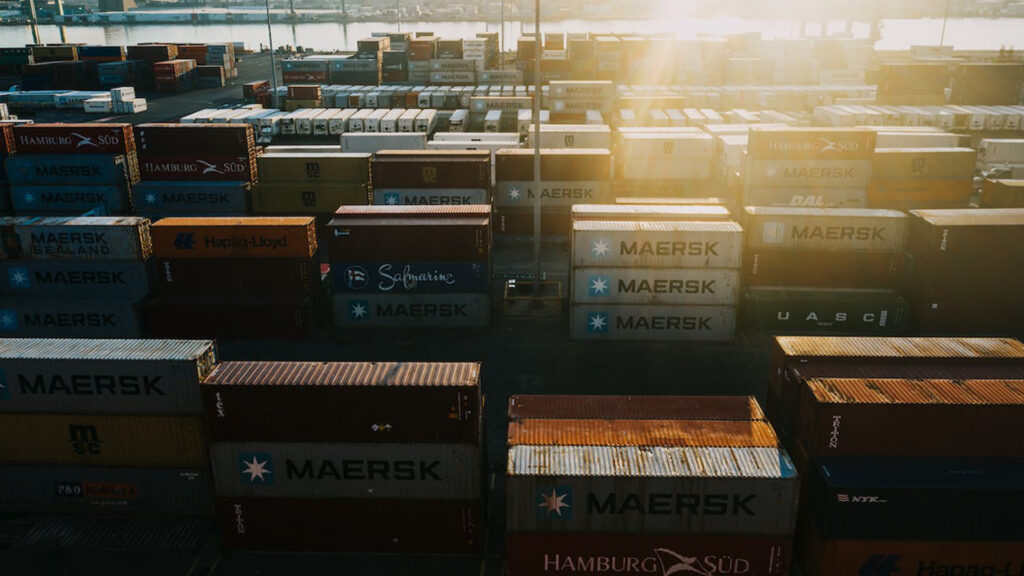Export packing is not just about putting goods into boxes; it’s a blend of art and science, ensuring that products reach their international destinations safely, securely, and in compliance with global regulations. In this guide, we’ll explore the best practices in export packing, combining insights from industry experts with practical tips to improve the efficiency and reliability of your international shipments.
Understanding Export Packing
Export packing goes beyond the basic concept of packaging—it involves a strategic approach to preparing goods for overseas transportation. This process ensures that items are not only well-protected against physical damage but also properly documented and packed in accordance with international standards and regulations. The ultimate goal is to minimise risks and costs while maximising the safety and integrity of the cargo during transit.
The Importance of Material Selection
This section goes over what export packing materials will be most beneficial for your situation.
Choosing the Right Packaging Materials
The foundation of effective export packing lies in selecting appropriate packaging materials. Materials should be chosen based on the nature of the goods, their sensitivity to damage, and the environmental conditions they’ll face during transit. Options range from sturdy corrugated boxes and wooden crates to cushioning materials like bubble wrap and foam inserts. For items requiring additional protection against moisture or contaminants, barrier materials such as foil bags can be essential.
Complying with International Standards
When selecting materials, it’s crucial to comply with international standards, such as ISPM 15 for wood packaging. These regulations are in place to prevent the spread of pests and diseases and ensure that your shipments are not delayed or rejected by customs authorities. Using compliant materials not only protects your goods but also facilitates smoother passage through customs.
Effective Packing Techniques
This section will go over packing solutions for fragile and hazardous goods and how you can maximise package protection.
Maximising Protection
The technique used in export packing plays a significant role in their protection. Effective packing involves using the right combination of cushioning, bracing, and void fill to prevent movement inside the container, thereby reducing the risk of damage. It’s also important to consider the weight distribution within the package to ensure stability during handling and transport.
Solutions for Fragile and Hazardous Goods
Special considerations are needed when packing fragile or hazardous items. Fragile goods require additional cushioning and careful placement to avoid impact damage, while hazardous materials must be packed according to specific international regulations to ensure safety throughout the journey. Customised packing solutions may be necessary to meet these unique requirements.
Documentation and Labelling
When it comes to export packing, documentation and labelling is crucial. This section will make you aware of why documentation and labelling are important.
Ensuring Accurate Documentation
Proper documentation is a critical aspect of export packing, allowing the smooth transit of goods across borders. This includes commercial invoices, packing lists, and certificates of origin, among other documents. Accurate and complete paperwork ensures compliance with customs regulations and helps avoid delays.
Clear and Compliant Labelling
Labelling is not just about identifying the contents of a shipment; it’s also about complying with international shipping regulations. Labels should include handling instructions, hazardous material indicators (if applicable), and destination details. Clear and compliant labelling is essential for efficient handling and customs clearance.
Using Technology in Export Packing
Technology is a rising feature within export packing. Here’s what you need to know:
Leveraging Packing Design Software
Advancements in technology have introduced packing design software, enabling exporters to optimise their packing strategies. These tools can help in determining the most efficient packing layout, minimising waste, and reducing shipping costs. They also play a crucial role in ensuring the structural integrity of the packaging under various stress conditions.
Tracking and Monitoring Solutions
Modern tracking and monitoring solutions offer real-time visibility into the shipment’s journey, providing valuable data on location, temperature, humidity, and shock events. This technology not only enhances the security of the cargo but also allows for proactive measures to be taken in case of any issues during transit.
John Pipe International: Your Partner in Export Packing
At John Pipe, we understand the complexities of export packing and the challenges it presents. With over sixty years of experience, we offer bespoke export packing solutions specifically for your needs. Our team of experts is equipped to handle every aspect of the process, from material selection and packing techniques to documentation and compliance, ensuring that your goods are prepared for their global journey.
Want To Improve Your Export Packing Strategy?
If you’re looking for expert guidance and support in navigating the intricacies of export packing, John Pipe is here to help. Our comprehensive services are designed to provide peace of mind and ensure that your shipments reach their destination safely and efficiently. Contact us today to discover how we can assist in optimising your export packing processes.
In conclusion, export packing is essential for successful international trade. By sticking to best practices in material selection, export packing techniques, documentation, and using technology, businesses can significantly improve the efficiency and reliability of their export operations. With the right partner and approach, navigating the complexities of global logistics can become a seamless and rewarding process
FAQs
Q: What should you consider when choosing packing for export?
A: When choosing packing for export, it’s crucial to consider the durability, compliance with international standards, and the ability to protect goods during transit.
Q: What are the benefits of professional export crating services?
A: Professional export crating services offer tailored solutions to protect your goods, ensuring they meet international shipping standards and arrive at their destination in perfect condition.
Q: Why select John Pipe International among export packing companies?
A: Selecting John Pipe International from among export packing companies means choosing reliability, experience, and a commitment to customer service.

